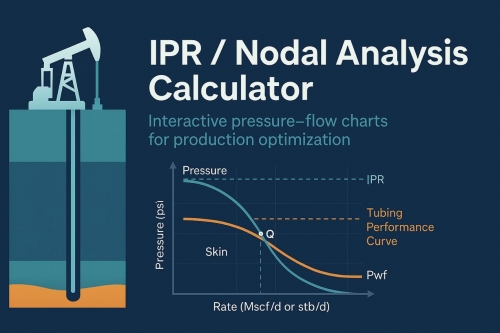The capacity to make a hole in oil and gas wells is affected by a number of factors, including:
- Drill bit type and design: The type and design of the drill bit has a significant impact on its ability to drill through rock. Factors such as the number and type of cutting edges, the bit diameter, and the bit material all play a role.
- Formation characteristics: The hardness, strength, and abrasiveness of the rock formation being drilled through will also affect the rate of penetration (ROP). Harder, stronger, and more abrasive formations will drill more slowly than softer, weaker, and less abrasive formations.
- Drilling fluid properties: The drilling fluid, also known as mud, is used to cool and lubricate the drill bit, remove cuttings from the wellbore, and control formation pressure. The properties of the drilling fluid, such as its viscosity, density, and weight, can affect the ROP.
- Weight on bit (WOB): The WOB is the force applied to the drill bit by the weight of the drill string. Increasing the WOB will generally increase the ROP, but too much WOB can damage the bit and reduce its performance.
- Torque: Torque is the rotational force applied to the drill bit by the drill string. Increasing the torque will generally increase the ROP, but too much torque can twist off the drill string.
- Rotary speed (RPM): The RPM is the speed at which the drill bit is rotated. Increasing the RPM will generally increase the ROP, but too much RPM can generate excessive heat and damage the bit.
In addition to these factors, a number of other factors can also affect the capacity to make a hole in oil and gas wells, such as the following:
- Wellbore geometry: The angle and direction of the wellbore can affect the ROP. For example, drilling a horizontal well is more challenging than drilling a vertical well, and the ROP is typically lower.
- Wellbore conditions: The presence of wellbore problems, such as hole washout, collapse, or tight spots, can also reduce the ROP.
- Drilling equipment: The type and condition of the drilling equipment can also affect the ROP. For example, a dull drill bit will drill more slowly than a sharp bit.
Drilling engineers use a variety of tools and techniques to monitor and optimize the drilling process. By carefully managing the drill bit type and design, formation characteristics, drilling fluid properties, WOB, torque, and RPM, drilling engineers can maximize the ROP and minimize the time and cost of drilling a well.
Here are some additional tips for increasing the capacity to make a hole in oil and gas wells:
- Use a drill bit that is designed for the specific formation being drilled.
- Maintain the drill bit in good condition by sharpening it regularly.
- Use the appropriate drilling fluid properties for the formation being drilled.
- Apply the correct amount of WOB and torque to the drill bit.
- Monitor and adjust the drilling parameters as needed to maintain a high ROP.
By following these tips, drilling engineers can improve the efficiency and profitability of their drilling operations.

%20(1).png)



